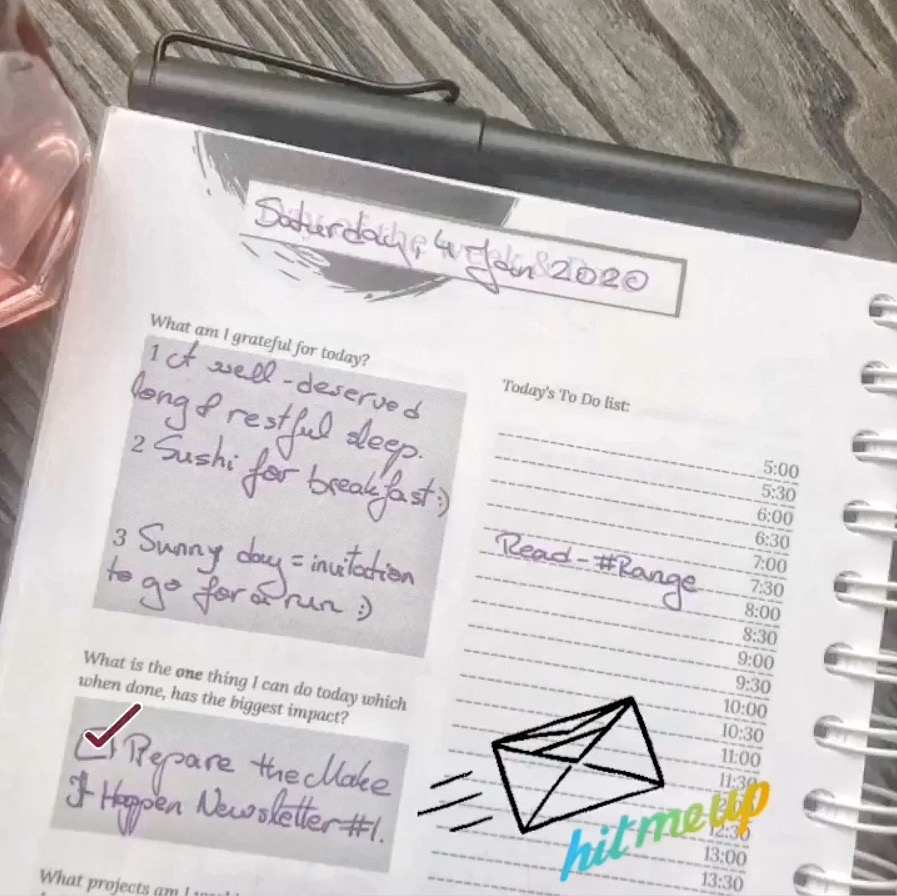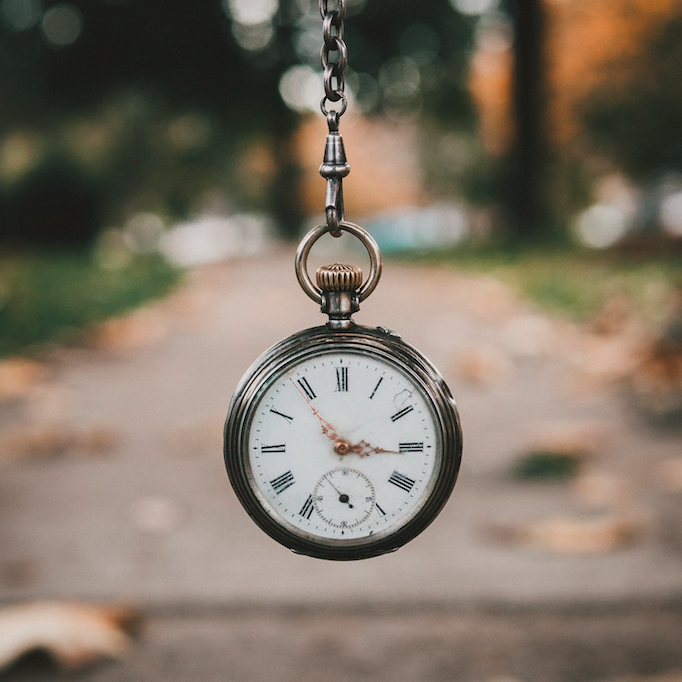As per usual at the beginning of the year, many of us have vowed to eat healthier, meditate, do sports, start a business, write a book etc. We’ve had these resolutions before, we may have kept them up for a while, we may have stopped and re-started but very few of us stuck with them for a full year.
Whatever dreams, resolutions or goals we have, the biggest hurdles for making them come true, or even for taking action towards them, are usually related to time, to money or to both. Since most of them require very little financial investment, at least at the beginning, we’ll make time and discipline the theme of this post, and leave money for later in the year (after all, even if your goal is to take a gap year and travel around the world, you have some research and planning to do – which require time – before you spend a penny)
Why have you set the goals you’ve set?
Dreams and resolutions are not goals because they lack specificity, a measuring stick and time commitment. There might be a good intention behind both, and neither is enough to get you from where you are now to where you want to be. Therefore, I suggest you change all your dreams and resolutions into SMARTER goals – I’ve written about this previously here.
One aspect we all need to keep in mind when setting goals, is WHY we set them. Here are a three questions you should ask yourself when setting a goal:
- Is this goal important to me?
- Is this goal aligned with my purpose / bigger goals?
- is this goal supporting (or at least not in contradiction with) my other goals / me?
If the answer is YES to each question, great! If the answer is no to one question or more, you’ve just identified a problem that needs sorting before working on this goal (or dropping the goal altogether).
How to create more time for yourself and your goals aka time-finding spell
Between being busy with work, commitments and errands, there are plenty of time-wasting activities we get involved in. Yes, I appreciate we all need and want to wind down, to watch a movie, to flick through a magazine or even to scroll through our Instagram feed and that’s great. There’s a difference dough through intentionally taking a break, however long, and truly enjoying any of these activities, and mindlessly procrastinating for hours (perhaps in small batches of time) throughout one day.
To see what I mean, I suggest you track how you spend your time, from the moment you wake up and until you go to bed. Just observe, without any critical judgements, write down everything you do, including the 10 minutes of scrolling on Facebook, entering 3 clothes shops on your way home, watching 2 episodes of something on Netflix and spending another 15 minutes browsing through their film library.
After a week of documenting how you spend your days, you’ll have a clear image of how much of your waking time is spent productively, how much time you spend resting in an intentional and mindful way and how much time is actually wasted. It’s the wasted time that we’re interested in mainly, and you can always shift some of that relaxation or perhaps productive time towards your goals, especially since you’ve already established that they are important to you.
How to turn your wasted time into productive time
I use Screen Time on my iPhone to keep track of the time I spend on social media and other apps; I’m sure there’s an Android correspondent to this. I’ve set it up in such a way that I have very limited usage of most apps before 11am and after 7pm AND it notifies me once I reached a pre-agreed time-limit on a certain app. Screen Time has enabled me to 1. dramatically cut down the time I procrastinate on my phone and 2. use my phone more mindfully (eg. Do I really wanna check Instagram / reply to that DM while in the middle of this task?).
With very few exceptions (eg. listening to podcasts / audio books while running / cooking), I 1. focus on one activity at a time and 2. track the time it takes to do it. I track my time with Toggl, which can be used both in browser or as a phone app. I’ve set it up with all my projects and add the specific activity I do every time I do something in each project. Starting the timer supports me to focus on that particular task at hand and later informs me on how long it took to do.
In addition to Toggl, I use Horo, a nice little countdown app I usually schedule in increments of 30 minutes to an hour, depending how long I believe a task should take me. Once the time is up, it notifies me that I should be (almost) done with my task, therefore giving me a gentle nudge to finish. I also use Horo for short tasks which enables me to daily squeeze work and make incremental progress towards certain goals (eg. Learn Dutch by practicing 15 minutes on Duolingo a day – while commuting, standing in line at the grocery store, etc).

How does the Make It Happen tool support you to make time for yourself?
- After you’ve worked on your purpose / big goals, you can select each month and each week what projects you want to work on and what milestone you want to achieve. Providing that you flick through the tool once or twice a day and remind yourself what you’ve set to achieve this week / month and you take action, you’ll achieve your goals. Couple this with Toggl to track how long tasks are taking you and also to make sure you’re spending on this time that you truly afford.
- On the weekly pages of your tool there is a question about the one thing you can do each day, which when done has the biggest impact. You choose what impact is for you, and it might be that (at least sometimes) an action and therefore small progress towards a personal goal has a bigger impact for you than any other project your boss sent your way. Again, track the time you spend on the task, and you’ll see that sometimes actions with big impact require very little time.
- Each month I’m inviting you to track your habits (like I track my Dutch practice on Duolingo). The challenge is to gain momentum and keep your streak for as long as possible. If you’re all about building good habits, this page is for you, so keep your Make It Happen tool open at this page at all times.
Now I’m curious to hear from you. What’s the goal you thought you wouldn’t have time for this year and now realised you do? And if you’re still foreseeing time-related challenges, let me know how I can support you, by booking a free call below or in the comments. Make It Happen is currently available, find out more and get yours here.


